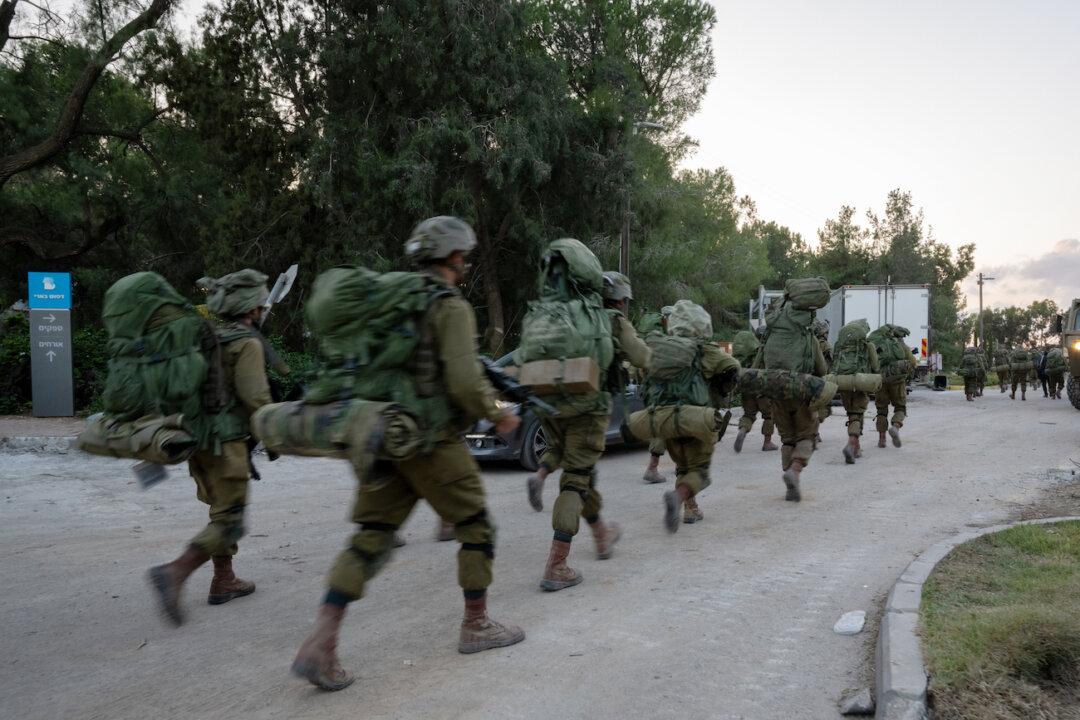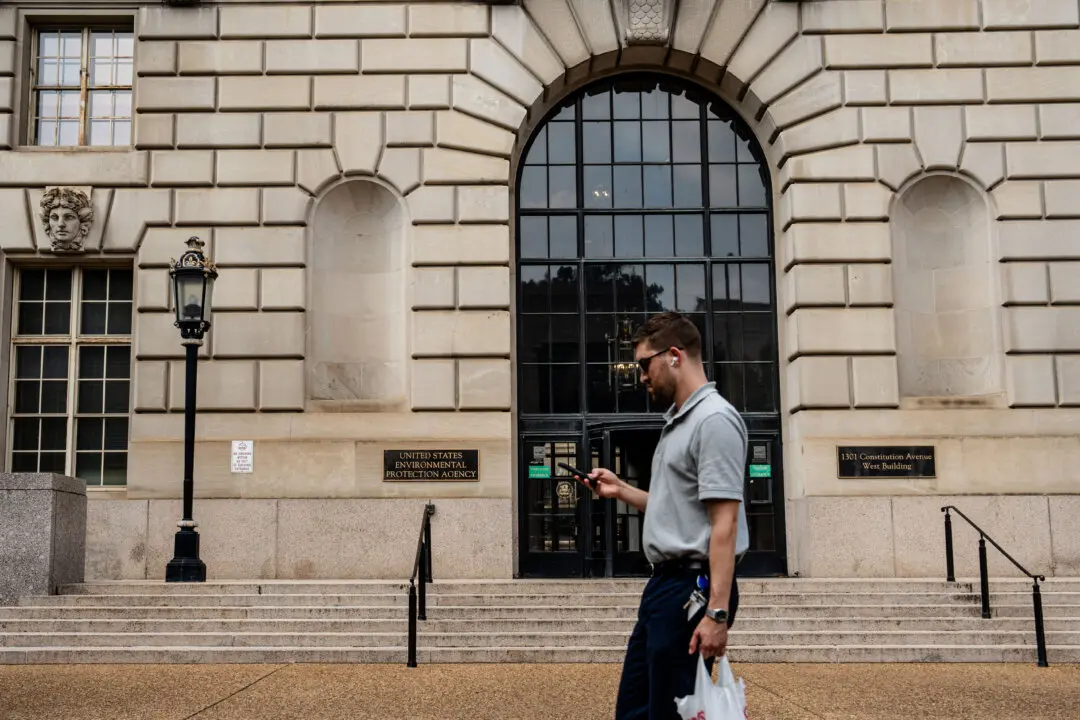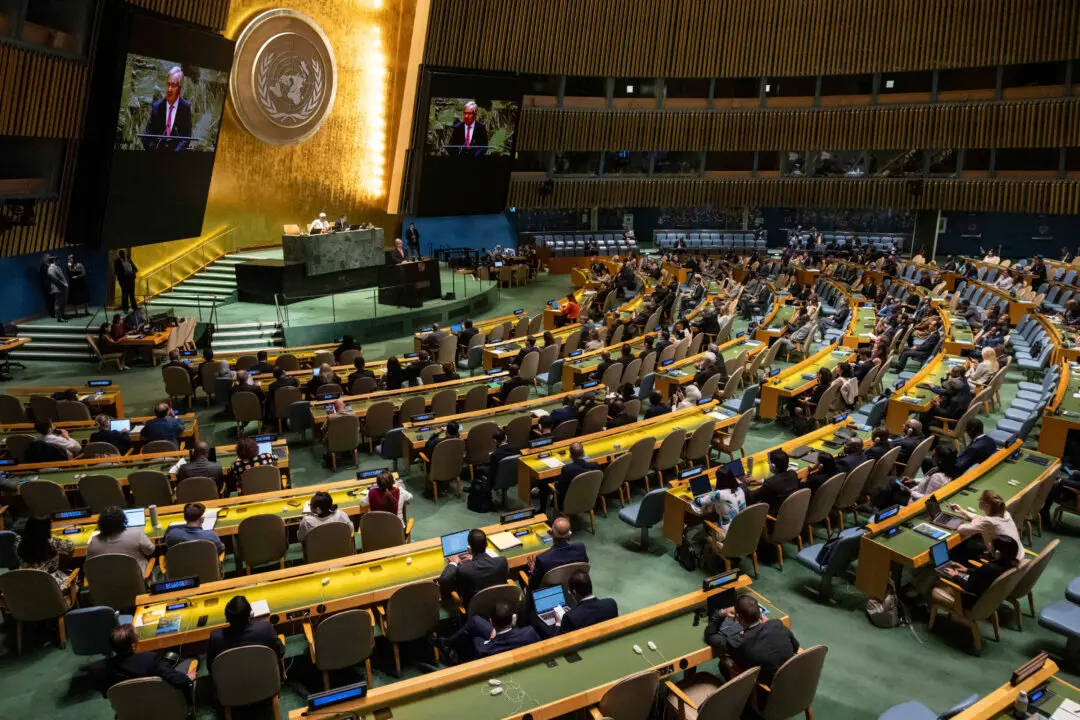The Israeli military is targeting the terror group Hamas’ vast network of underground tunnels in Gaza that it uses to carry out attacks on the country, according to an update from the Israel Defense Forces (IDF).
The Gaza Strip is “one of the densest populated areas in the world,” IDF spokesperson Jonathan Conricus said in an Oct. 12 update by the military. It runs about 20 miles from one end to the other, with the widest location being nine miles across and the most narrow location less than six miles. “What Hamas has done since they took control almost 20 years ago of the Gaza Strip is basically to build a network of tunnels from Gaza City and under Gaza City, which is the center and the biggest part of their infrastructure” all the way down to other areas of the strip, he said.





